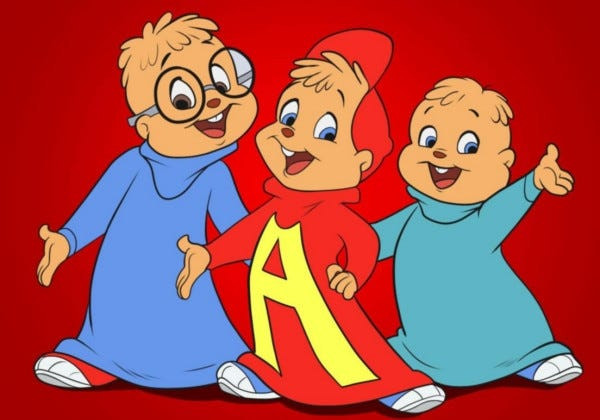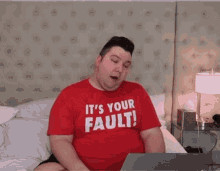Have you ever found yourself humming a tune, seemingly out of nowhere, that just won’t leave your head? That’s the phenomenon of an earworm, and certain types of songs are particularly prone to burrowing into our brains. Among these persistent melodies are gibberish songs – tunes filled with nonsensical words and sounds. And when it comes to memorable, albeit sometimes questionable, gibberish in music history, “The Witch Doctor Song” stands out, especially in its Alvin and the Chipmunks rendition.
 Thought bubble with text "You are not responsible for the content of your imagination."
Thought bubble with text "You are not responsible for the content of your imagination."
From David Seville to Animated Chipmunks: The Evolution of a Gibberish Hit
Originally conceived in 1958 by David Seville (Ross Bagdasarian Sr.), “Witch Doctor” wasn’t initially intended for children. The song tells the story of a man seeking a witch doctor’s spell to win over a woman. While the original version featured sped-up, chipmunk-like backing vocals, it wasn’t until Alvin and the Chipmunks adopted it a decade later that it truly became a cultural phenomenon, especially for younger audiences.
The Alvin and the Chipmunks version, popularized in 1968 through The Alvin Show, cemented “Witch Doctor” as a children’s classic. For many, particularly those who grew up in the late 20th century, the image of Alvin, Simon, and Theodore dancing and singing the gibberish lyrics is instantly recognizable. This association was further amplified with the 2007 live-action Alvin and the Chipmunks movie, which introduced the song to a new generation, albeit in a version that many find grating.
 Animated GIF of Alvin and the Chipmunks dancing
Animated GIF of Alvin and the Chipmunks dancing
Catchiness vs. Controversy: Examining the Song’s Problematic Elements
There’s no denying the infectious nature of “The Witch Doctor Song.” Its blend of catchy melody and nonsensical phrases like “ooh eee ooh ah ah” makes it an earworm par excellence. The song topped charts in the US and Canada in its original release, proving its broad appeal. However, beneath the surface of its playful gibberish lies a more complicated and problematic context.
The original premise of a man consulting a witch doctor to manipulate a woman’s affections carries undertones of objectification and questionable consent. While perhaps not overtly explicit for its time, viewed through a modern lens, the song’s narrative hints at a desire for control rather than genuine romantic pursuit.
Furthermore, the visual representations of “witch doctors,” particularly in the 1967 Alvin and the Chipmunks cartoon version, are steeped in racial stereotypes. The use of tribal masks and the implied association of witch doctors with “primitive African tribes” perpetuate harmful and outdated tropes. While attitudes were different in the 1960s, these visuals are undeniably cringeworthy and contribute to a problematic legacy.
Enduring Earworm, Evolving Perceptions
Despite its problematic aspects, “The Witch Doctor Song” remains a significant piece of pop culture history. Its catchiness has ensured its survival across generations, morphing and adapting through various versions. From the original David Seville recording to the numerous Alvin and the Chipmunks iterations, and even a 1998 cover by the band Cartoons, the song has proven its staying power as an earworm.
 Image separator with "Earworm" text
Image separator with "Earworm" text
The song’s journey reflects changing cultural sensitivities. What might have been perceived as harmless fun in the mid-20th century is now viewed with a more critical eye, acknowledging its problematic undertones and stereotypical representations. This evolution in perception doesn’t necessarily diminish the song’s catchiness, but it does encourage a more nuanced understanding of its place in music history.
“The Witch Doctor Song” serves as a reminder that even seemingly lighthearted and nonsensical tunes can carry complex cultural baggage. It prompts us to consider the origins and context of the music we consume and to be mindful of the messages, intended or unintended, that they convey. While you might still find yourself humming “ooh eee ooh ah ah,” understanding the song’s full story adds a layer of depth to the earworm experience.

